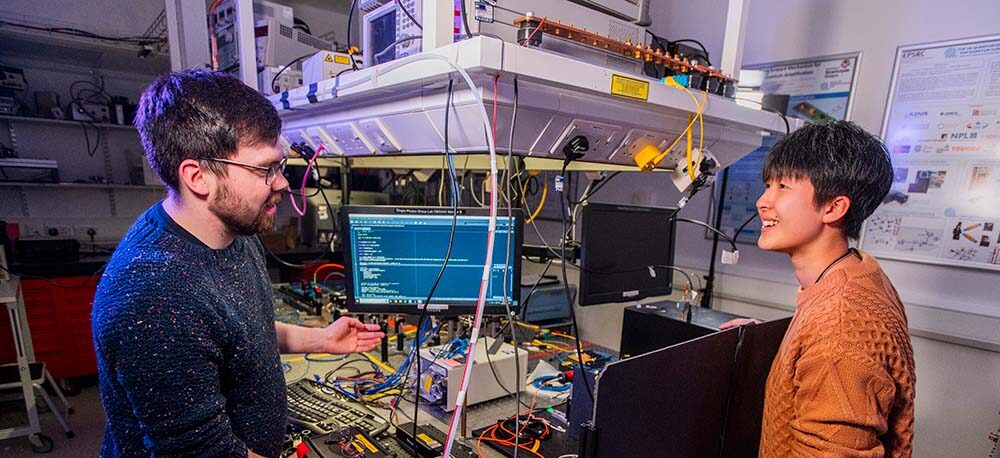Gravity sensing
What lies beneath the ground, and why do we need to know?
Gravity sensing technology allows sensors to penetrate much deeper below ground than current remote sensing tools are able to do and to make faster measurements of gravity. It opens the possibility of transforming huge sectors and industries, economically and from a health and safety point of view. Gravity sensors will also make a huge difference to everyday life – it will mean clearer roads, due to roadwork interventions, rapid broadband and mobile connections, and even more precise and accurate measurements of droughts, floods and ocean current levels. Other impacted applications include oil exploration, autonomous shipping, water resource management from space, and agriculture.
Gravity sensor development will also mean tackling problems such as developing sinkholes, which can be detected before it becomes critical, so that work can be done to stop it getting bigger and collapsing.
The majority of sensing techniques are limited in their ability to detect targets at depth, and are strongly influenced by ground conditions such as intervening media or weather, but quantum gravity sensing will be used to accurately assess deep targets and will provide an additional data steam for increased confidence.
Underground tunnel detection
In 2021, researchers used gravity gradient sensing technology to find a tunnel buried outdoors one metre below the ground surface. This achievement marked a long-awaited milestone with profound implications for industry, human knowledge and national security.
Hub researchers reported their achievement – a world first for a quantum gravity gradiometer outside of laboratory conditions – in Nature.
Successful sensor validation at sea
In 2023, researchers successfully our gravity gradient sensing technology in trials on a ship in the North Sea in conjunction with university spin-out Delta-g. The technology could offer new capabilities for mapping the ocean and resilient long-term navigation.
Related news

Scientists win award for portable brain imaging breakthrough

Celebrating International Women in Engineering Day


